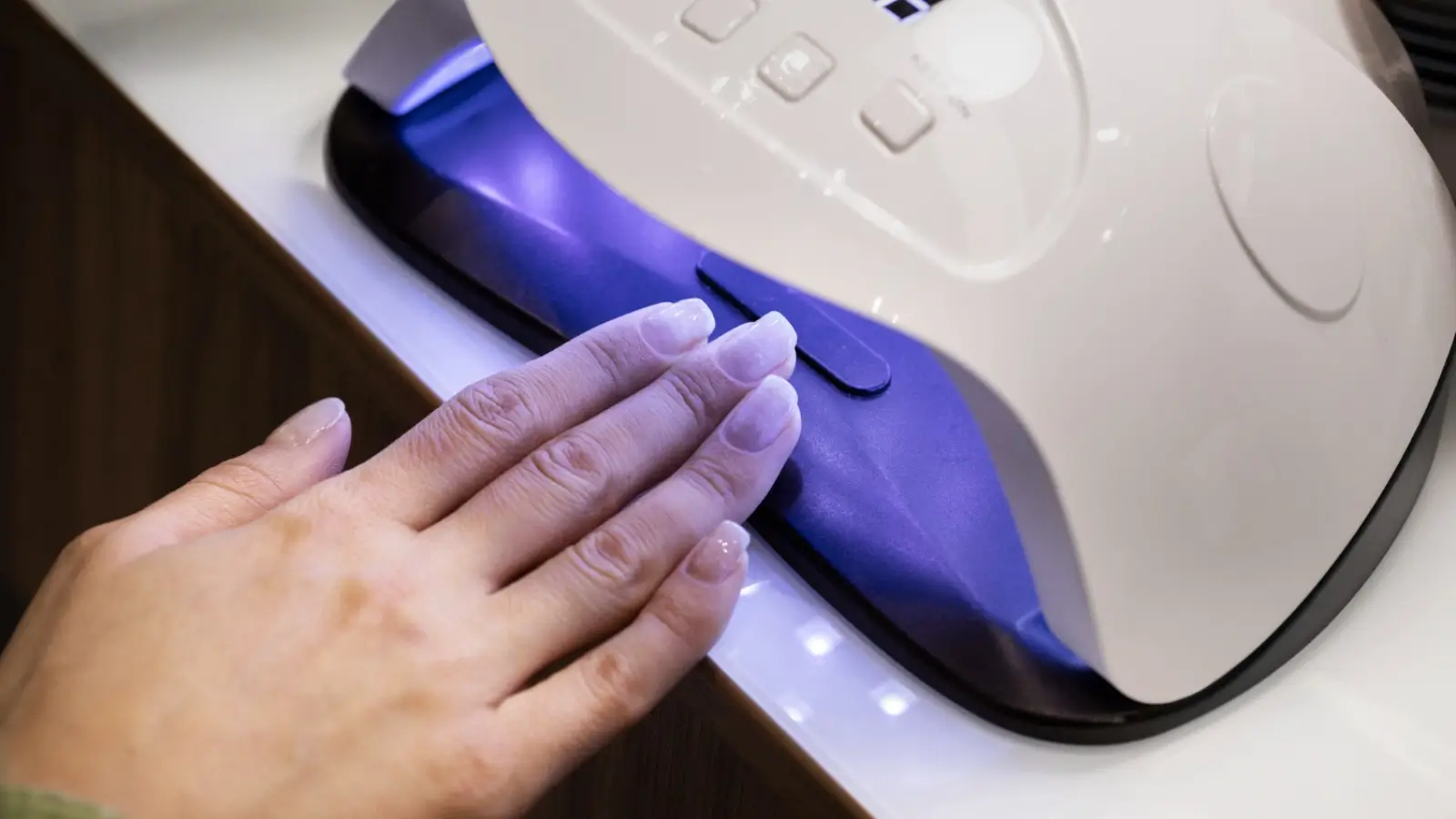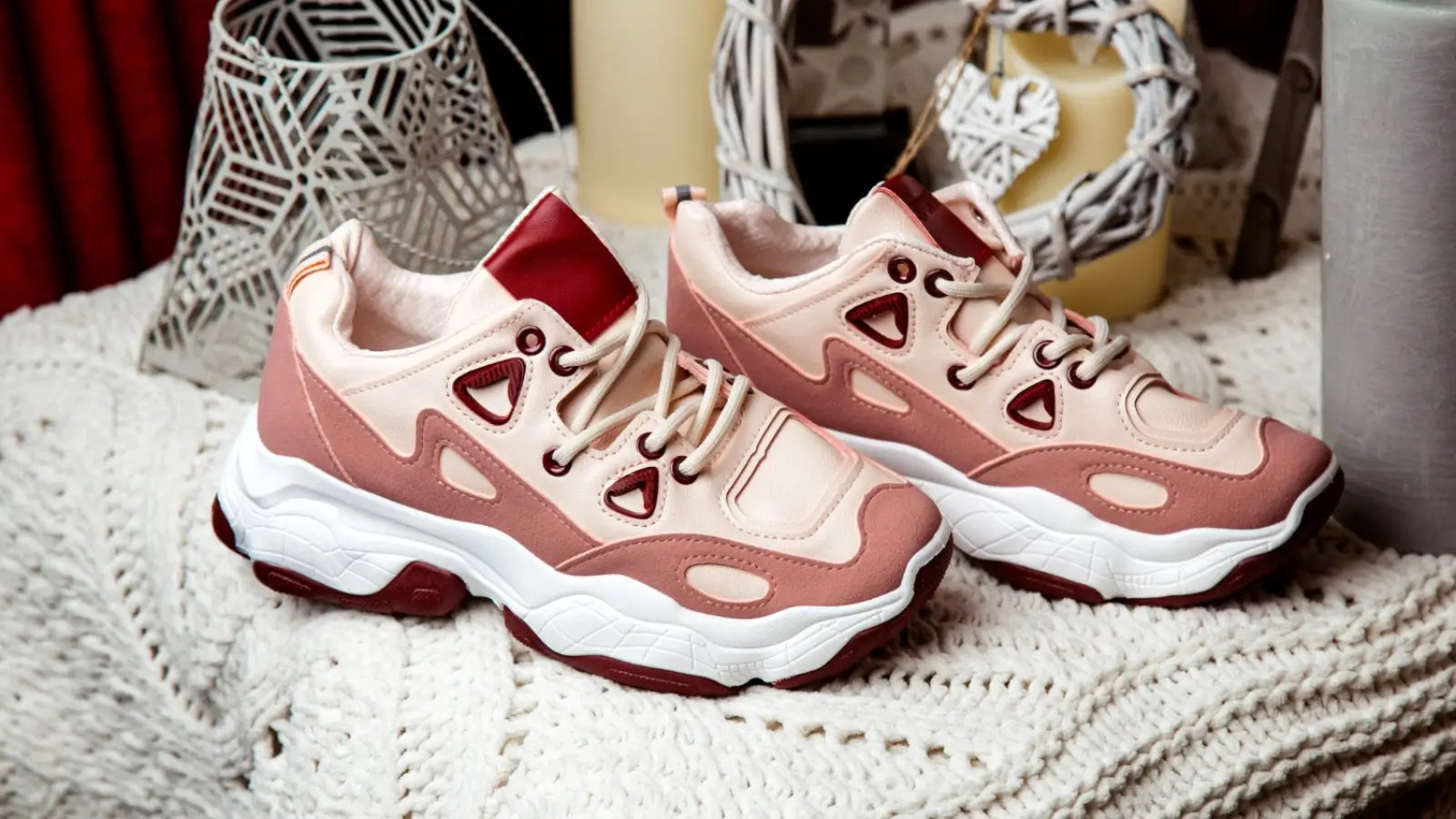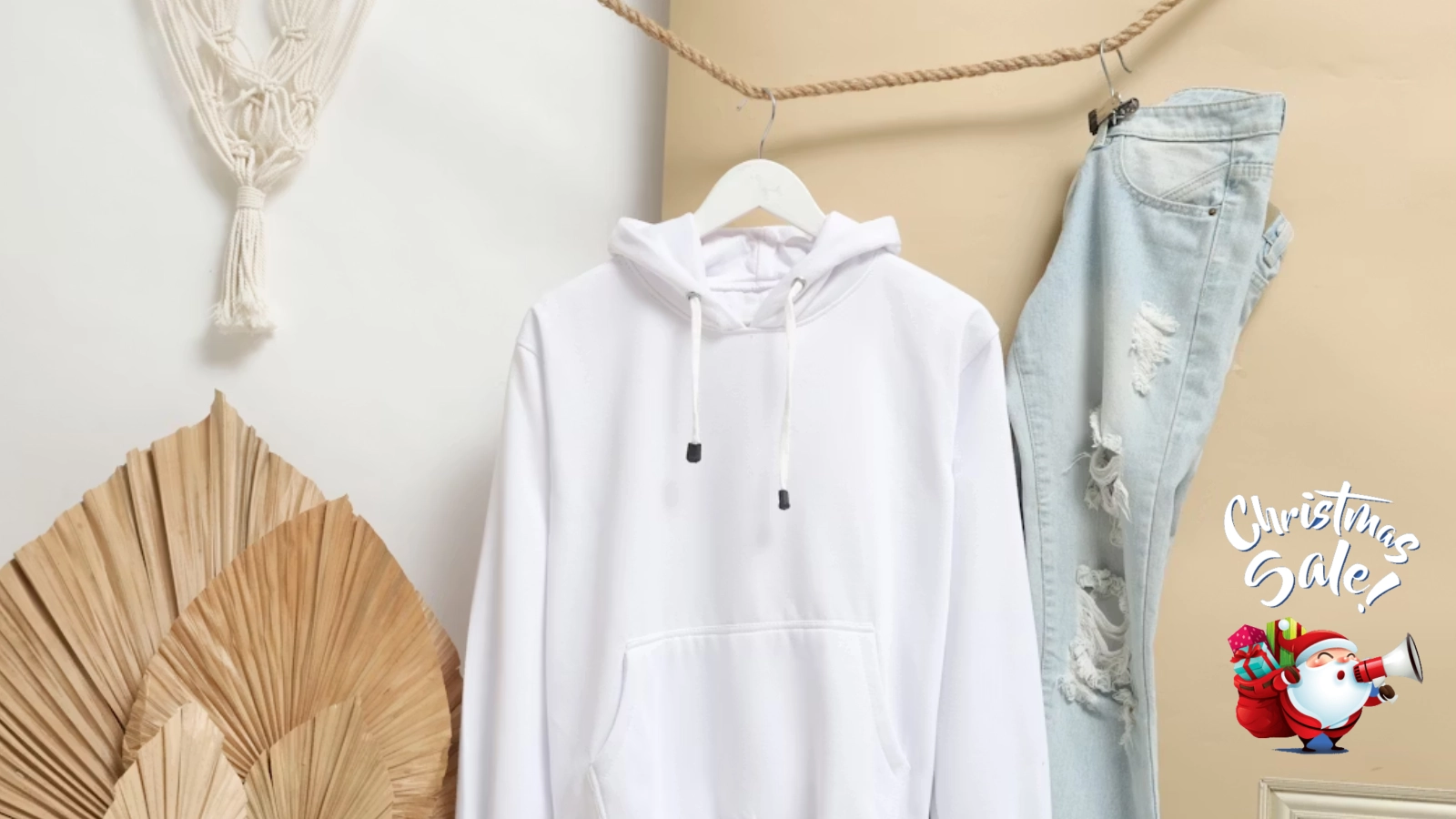T-shirt printing is more than just a trend—it’s a creative outlet, a business opportunity, and a way to express yourself or your brand. If you're a beginner looking to start designing your own custom t-shirts and hoodies, you’ve come to the right place. Whether you want to make personalized gifts or build a brand around custom apparel, this guide will cover everything you need to know about t-shirt printing, from understanding the basics to picking the right tools and techniques.
Understanding the Basics of T-Shirt Printing
Before diving into the actual printing process, it’s essential to understand what t-shirt printing is and how it has evolved. T-shirt printing allows you to take any design—whether it’s text, graphics, or images—and transfer it onto fabric. This process has been used for decades, and with the rise of custom fashion, it has become a thriving industry.
There are several different t-shirt printing techniques, including screen printing, DTG (Direct-to-Garment) printing, heat transfer printing, and DTF (Direct-to-Film) transfer printing. Each of these methods has its strengths and weaknesses, making it important to choose the right one for your needs.
Choosing the Right Printing Method
When it comes to t-shirt printing, the method you choose depends on several factors: your design, the fabric you’re using, the quantity of shirts you want to print, and your budget. Let's take a look at the most popular t-shirt printing methods:
1. Screen Printing
Screen printing is one of the oldest and most widely used methods. It involves pressing ink through a stencil (or screen) to transfer the design onto the fabric. This method is best for large orders and simple designs with few colors, making it cost-effective for bulk printing. However, it can be less flexible when it comes to intricate or full-color designs.
2. DTG (Direct-to-Garment) Printing
DTG printing works by spraying ink directly onto the fabric using specialized printers. This method is ideal for intricate designs, full-color images, and smaller batch orders. DTG is particularly popular for photo-realistic prints and designs with many colors. It's also great for cotton fabrics but may not work as well on darker garments unless pre-treatment is applied.
3. Heat Transfer Printing
Heat transfer printing uses heat to transfer a design from a special paper to the fabric. This method works well for small orders or designs that require vibrant colors. It’s versatile and suitable for a wide range of fabrics. However, the print may not be as durable as other methods like screen printing or DTG, especially with frequent washing.
4. DTF Transfer Printing
DTF transfer printing is an emerging method that has been gaining popularity. In this process, a design is printed onto a special film, which is then transferred onto the fabric using heat. This method offers high-quality prints that can be applied to a variety of materials, including both light and dark fabrics. One of the key advantages of DTF transfer printing is its versatility—it works on cotton, polyester, and blends, making it a great option for beginners looking for flexibility. If you're starting out, consider adding a DTF transfer printing collection to your offerings to take advantage of this new technology.
Essential Tools for T-Shirt Printing Beginners
Getting started with t-shirt printing requires the right set of tools. Here’s what you’ll need:
1. Design Software
Your design is the foundation of your custom t-shirt, so choosing the right software is critical. Popular tools for designing t-shirts include:
-
Canva: A user-friendly tool with templates for beginners.
-
Adobe Illustrator: A professional-grade tool perfect for vector-based designs.
-
CorelDRAW: Another great option for vector artwork.
These tools allow you to create and adjust your designs easily, ensuring that your artwork is ready for the printing process. For beginners, Canva offers simplicity and a range of templates, while more advanced users may prefer Illustrator for its customization and precision.
2. Printers and Equipment
Depending on the printing method you choose, you will need specific equipment:
-
Screen Printing Press: Necessary for screen printing, especially if you're planning to do large orders.
-
DTG Printer: A high-quality printer for direct-to-garment printing, ideal for detailed, full-color designs.
-
Heat Press Machine: Required for heat transfer printing to apply the design to the t-shirt using heat.
-
DTF Printer: If you’re interested in DTF transfer printing, this specialized printer will allow you to print your design on transfer film, ready for the heat press.
3. Blank T-Shirts and Materials
Choosing the right fabric is crucial for achieving high-quality prints. Most t-shirt printers prefer using 100% cotton fabric for its ability to absorb ink and produce vibrant designs. However, polyester, blends, and other materials can be used depending on the printing method.
When purchasing blank t-shirts, look for options that are pre-treated (if necessary) for your printing method. Quality fabric will ensure that your designs are vibrant and last longer.
4. Printing Supplies
Each printing method requires different supplies. For example:
-
Screen Printing: Ink, screens, squeegees, and emulsion.
-
DTG Printing: DTG ink, pre-treatment solution for dark fabrics, and maintenance products.
-
Heat Transfer Printing: Transfer paper and heat transfer vinyl.
-
DTF Transfer Printing: Transfer film, DTF inks, and a heat press for transferring the design.
Step-by-Step Guide to Printing Your First T-Shirt
Ready to start printing? Here’s a simple step-by-step guide to help you through the process:
-
Create Your Design: Use your chosen design software to create your custom t-shirt design. Make sure it’s high resolution (300 DPI) for the best print quality.
-
Choose Your Fabric: Select the fabric type based on your printing method and design preferences. For example, cotton works well for most printing methods, but polyester might be better for sublimation or DTF.
-
Prepare the Printer or Press: Set up your printer or heat press. For screen printing, this will involve setting up the screen, while for DTG or DTF, it involves loading your design into the printer.
-
Print the Design: Follow the necessary steps for your chosen method. For DTF transfer printing, print your design on the film and prepare it for the transfer process.
-
Heat Press or Cure the Design: If using heat transfer or DTF, apply the heat press to transfer the design onto the fabric. If using screen printing or DTG, ensure the print is cured properly to prevent fading.
-
Quality Check: Inspect the final product for any defects or issues. Wash a test garment to ensure the design holds up over time.
Tips for Successful T-Shirt Printing
-
Test First: Always test your design on a sample shirt to check for any printing issues before proceeding with a large batch.
-
Use High-Quality Designs: High-resolution artwork ensures that your design looks sharp and vibrant on the fabric.
-
Understand Your Market: Whether you’re printing for personal use or starting a business, knowing your audience will help you create designs that appeal to them.
-
Focus on Durability: Choose the right printing method to ensure your designs last. For example, screen printing and DTF transfer printing are both known for their long-lasting results.
Common Mistakes to Avoid in T-Shirt Printing
-
Low-Resolution Artwork: Low-quality files will result in blurry or pixelated prints.
-
Wrong Fabric: Make sure the fabric suits your printing method for the best result.
-
Ignoring the Curing Process: Failing to properly cure your prints can lead to faded or peeling designs.
Conclusion
T-shirt printing is a fun and creative way to make personalized clothing, whether for yourself, a business, or a special event. By understanding the basics of the process, choosing the right printing method, and investing in the proper tools, you can create high-quality designs with ease. Whether you're starting a small personal project or a larger business venture, adding a DTF transfer printing collection to your offerings is a great way to expand your printing capabilities. Start with the basics, experiment with different methods, and soon you'll be creating custom t-shirts and hoodies that truly stand out.

















